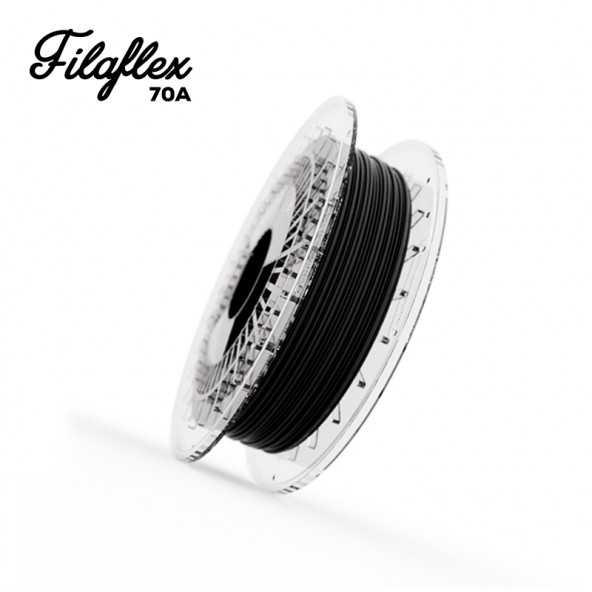Same-day 3D printed ear molds for couple to hearing aids with Filaflex 70A elastic filament
- Company: Hearing Beyond, Audiology & Hearing Clinic in Toronto, Canada.
- Sector: Medical.
- Material: Filaflex 70A elastic filament.
- Part: Ear molds are small pieces of shaped material that are coupled to a hearing aid and fit snugly in the patient's ear.
- Mission: Manufacture of a replacement ear mold on the same-day, personalized, comfortable and economical for the patient, to cover his hearing deficiency during the period of time in which his definitive ear mold is being repaired or manufactured in the laboratory (estimated time between 1-2 weeks).
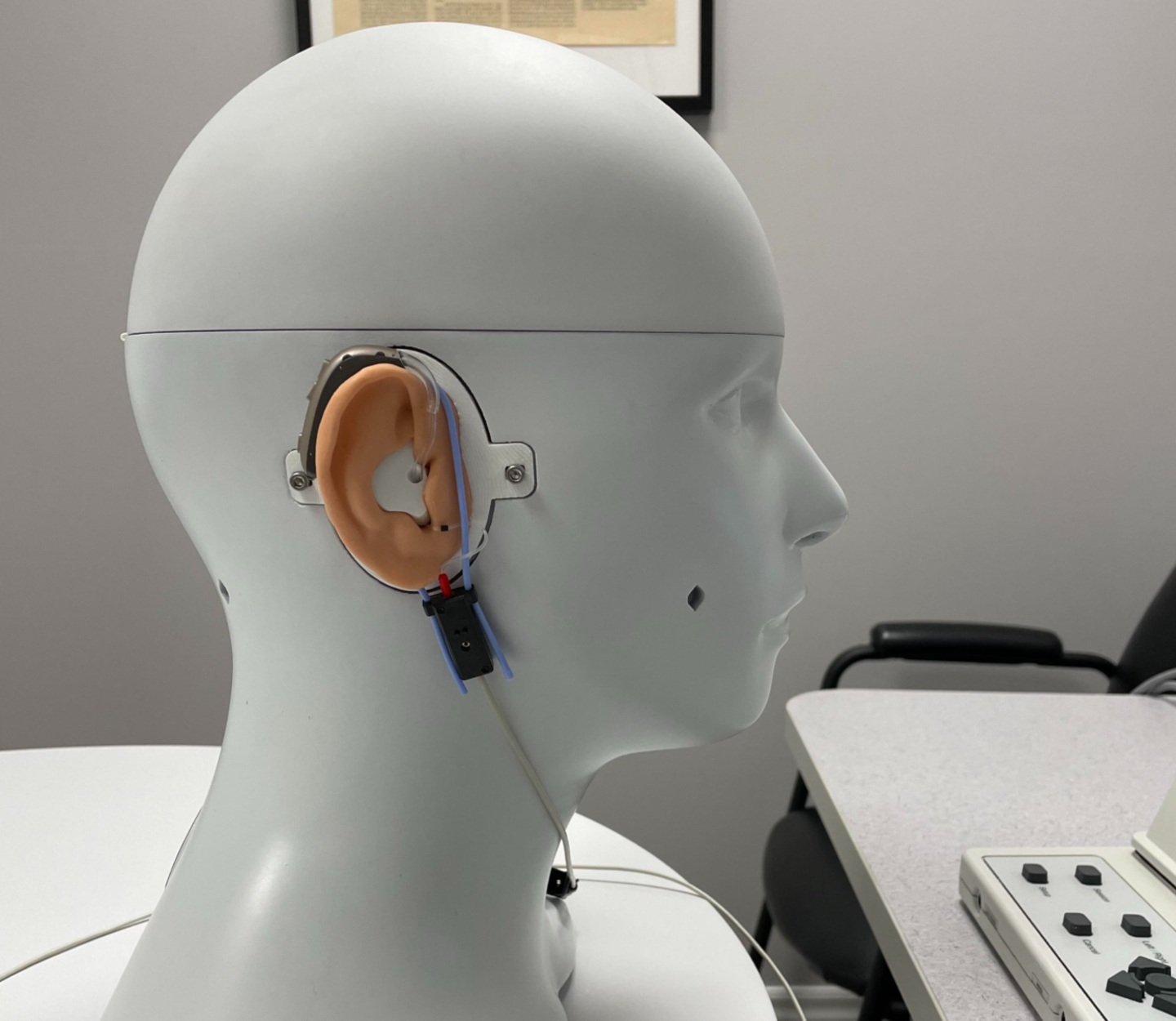
Frank Talarico, an audiologist and lover of 3D printing, has managed to print provisional, comfortable and economical earmolds for his patients on the same-day with Filaflex 70A, so that they do not lose a single day of hearing while waiting for their definitive laboratory earmolds.
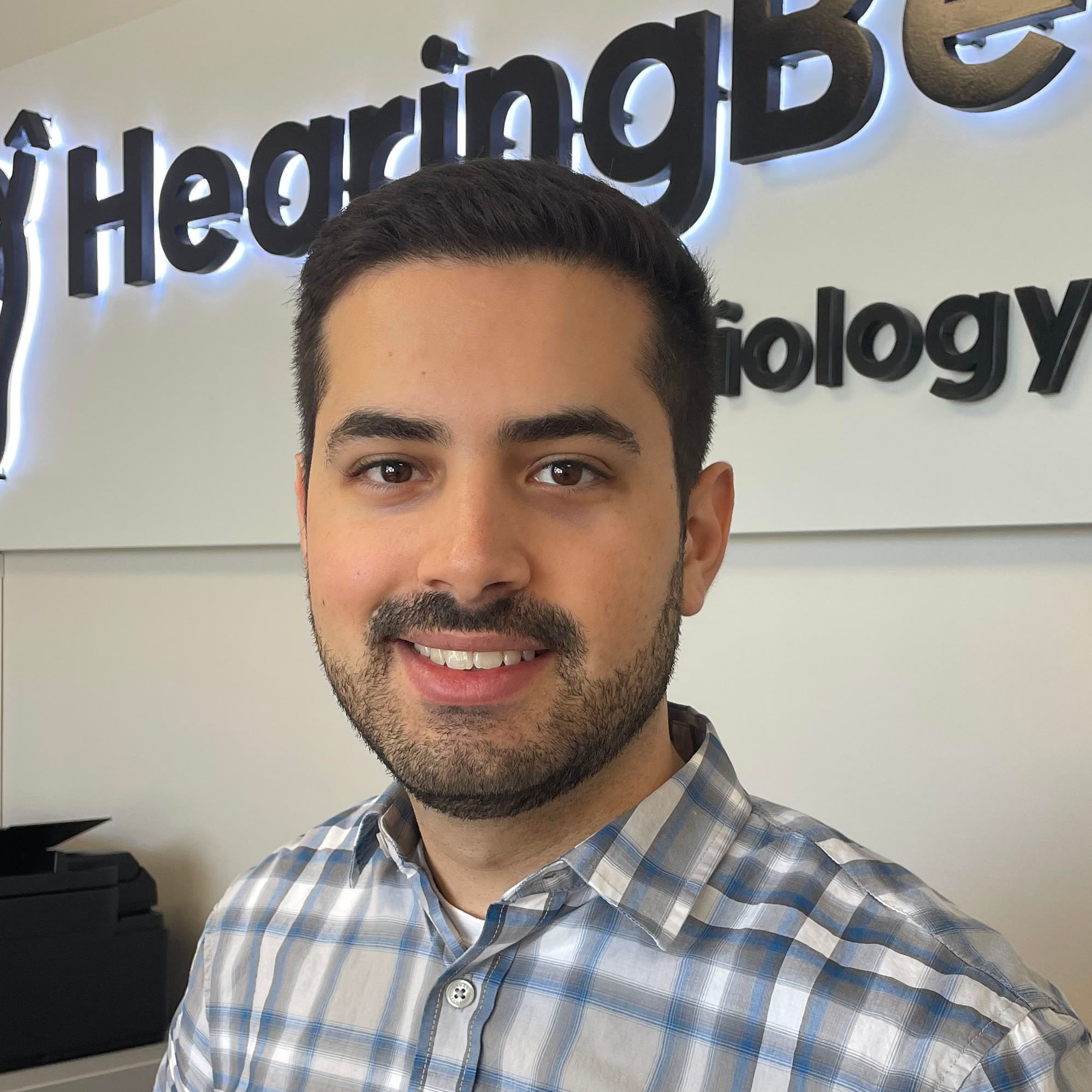
“By providing same-day ear molds in clinic, I can ensure my patients hear well, even when they are waiting for ear molds from the lab. Same-day molds can also be used in low resource settings to help fit individuals with donated behind-the-ear hearing devices.”
Frank Talarico, owner of the audiology and hearing clinic 'Hearing Beyond' of Toronto, Canada.
CHALLENGE
Do not leave the patient hearing impaired while their earmolds are in the lab and make temporary earmolds on the same-day in the clinic
- Do not leave the patient without a hearing aid earmold for a single moment so as not to deprive them of their hearing sense. Patients who need earmolds attached to their hearing aids usually have significant hearing problems and need your hearing aids to work well all day and every day. If the earmolds need to be serviced, going a week or two without the hearing aids fitting properly in your ear is a major obstacle in your daily life.
- Lab turnaround time. To make ear molds for a patient, impressions are taken of the patient's ear and sent to a professional ear mold lab, where the molds are created and sent to the clinic for fitting. This entire process usually takes one to two weeks. Professional earmold labs make excellent products, but a disadvantage of their process is the wait and response time. Patients are often left without properly fitting temporary devices while waiting for their final earmolds.
SOLUTION
Same-day, in-house printing of customized ear molds with Filaflex 70A flexible filament, replacing final earmolds, which take one to two weeks
- Creation of an open source method for creating same-day earmolds. A same-day imprinted earmold is a type of earmold that can be made for a patient on the same day they request it. By providing same-day ear molds in the clinic, you can ensure that patients hear well even when they are waiting for their final ear molds from the lab.
ADVANTAGES AND BENEFITS ...
- For printing final hearing earmolds in low-income areas with a stock of donated BTE devices. Same-day earmolds can also be used in low-income settings or for vulnerable areas and groups to help fit donated BTE hearing devices to their ears. In this case, they often already have a stock of donated traditional BTE hearing aids, but do not have the efficient means to create the earmolds. Often, these BTE hearing aids are not used for lack of earmolds.
- For testing amplification with patients requiring high performance devices. With same-day earmolds, there is no need to wear an uncomfortable foam tip attached to a behind-the-ear hearing aid or an ill-fitting receiver-in-the-canal hearing aid during a test. A same-day earmold can be made in the clinic and fitted to an electric hearing aid, allowing patients with severe to profound hearing loss to experience better hearing as if they had custom earmolds made in a laboratory.

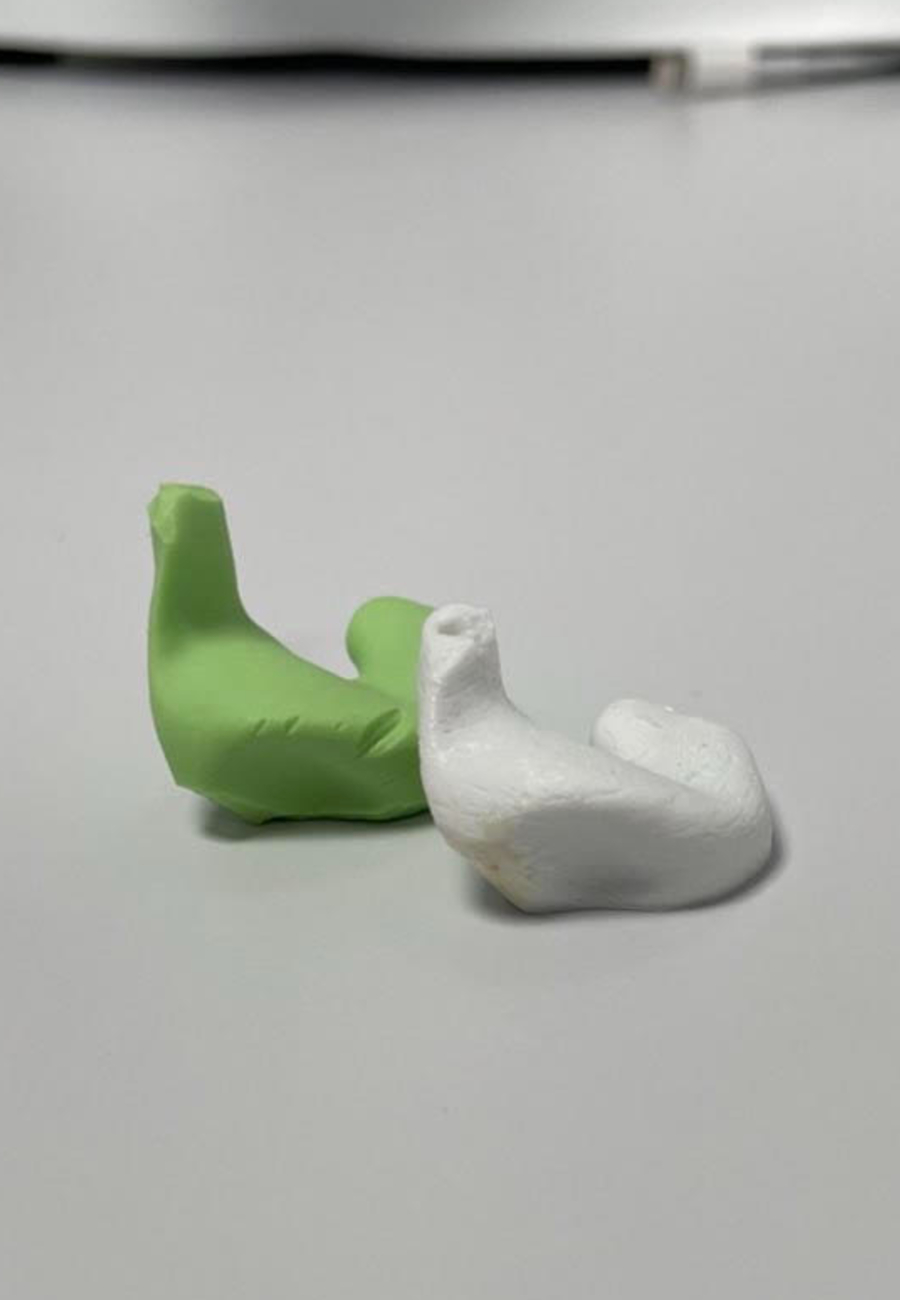
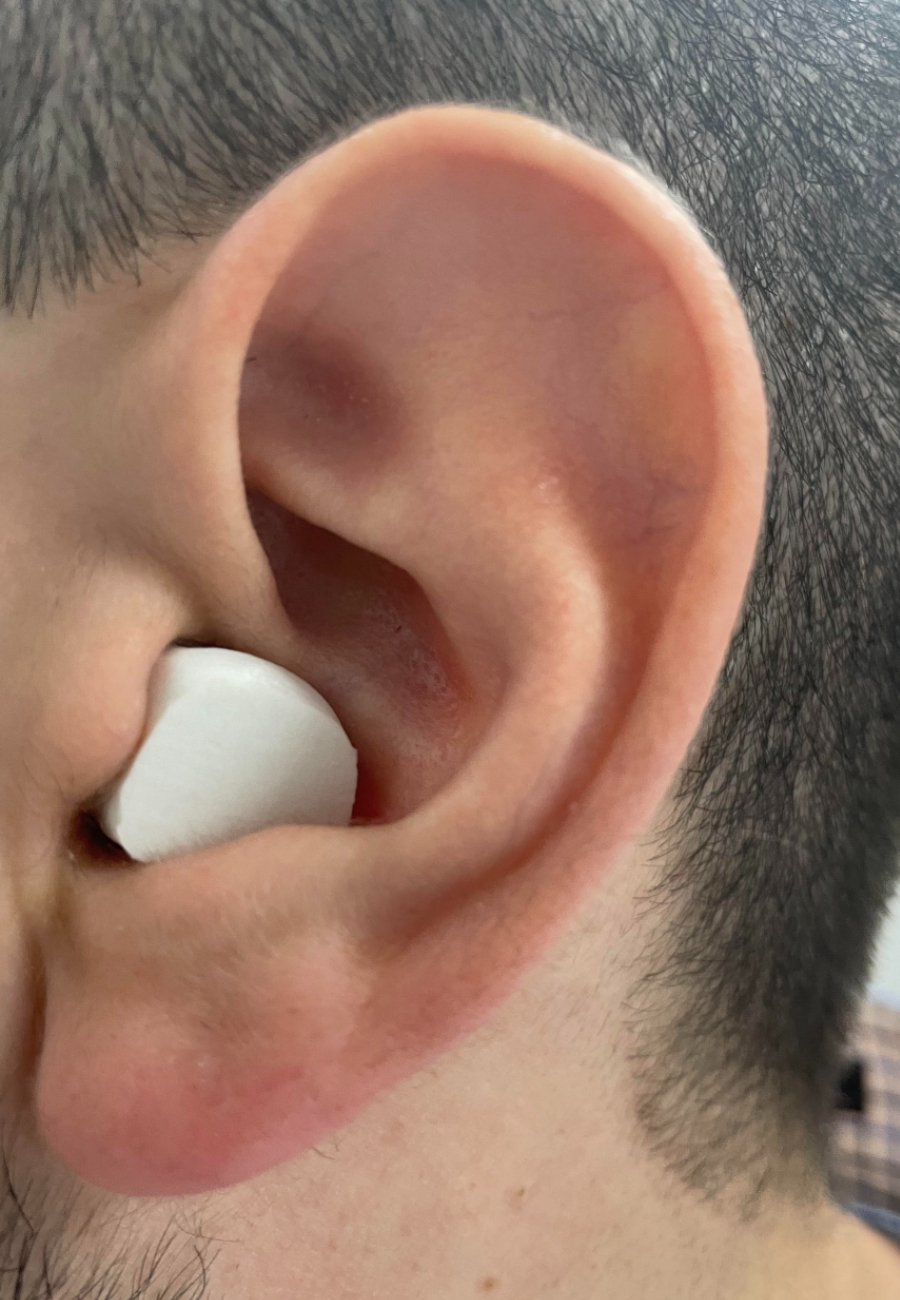
EAR MOLD PRINTED WITH FILAFLEX 70A
- Design: Frank Talarico from 'Hearing Beyond Audiology and Hearing Clinic' located in Toronto, Canada.
- Material: Filaflex 70A elastic filament.
- Manufacturing: additive manufacturig.
- 3D printer: Modified Wanhao D6 3D printer, using a BondTech direct driver extruder upgraded to a Microswiss All-metal hot end, and print directly onto borosilicate glass.
- Advantages: Open-source method, speed and immediacy in the manufacture of the mold, customization and improvement in the process and low cost.
RESULT
Filaflex 70A 'Ultra-Soft' flexible filament is the perfect material for printing ear molds
Frank was clear that he wanted to make the 3D printed ear molds using a soft material. Soft earmolds tend to be more comfortable when worn in the ear and can provide additional advantages such as better sealing and better retention.
- PLA: Harder materials, such as PLA, can also be used for ear molds, but the fit is not as comfortable.
- Silicone: On the other hand, there is also the option of manufacturing them through a silicone casting using a negative mold, but this method is slow and tedious, so he prefers to investigate the options available in the market of soft filaments for 3D printing. It is in this research that he discovers Filaflex 70A. After trying and testing 3 other flexible filaments, he opted for FIlaflex 70A because none is as soft and flexible as this one.
Among other reasons, Filaflex 70A is the ideal filament for printing ear molds because:
- The result is a consistent, smooth and comfortable earmold, which increases patient satisfaction and reduces appointments for hearing aid fitting problems.
- It is such a soft and flexible material that allows patients to experience comfort while wearing their ear molds the same day.
- It prints very well and consistently.
- It is suitable for skin contact.


If you want to find out more about this project and success story, don't miss the full article published in Audiology Online: 'Going Beyond Best Practices: Same-day Custom Ear Molds'.
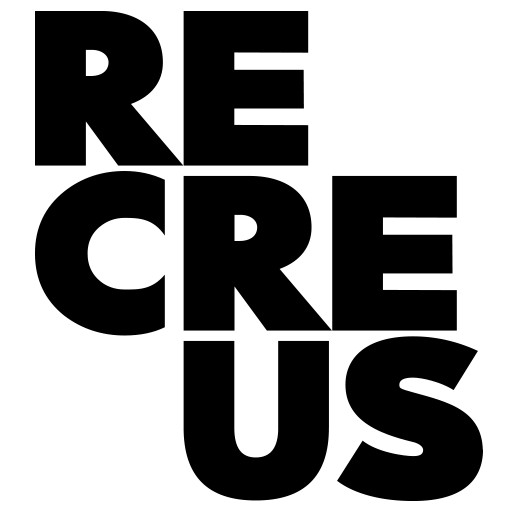
 it
it  es
es en
en fr
fr de
de